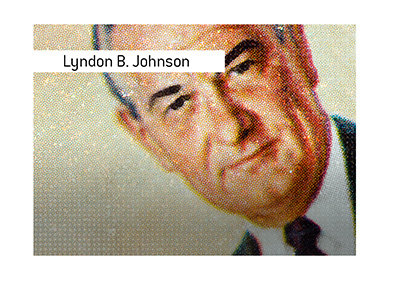NASDAQ Peaked at 5,132.52 On March 10th, 2000
 It's hard to believe that it has been a full ten years since the implosion of the "dot-com bubble".
It's hard to believe that it has been a full ten years since the implosion of the "dot-com bubble". On March 10th, 2000, the NASDAQ hit an all-time high of 5,132.52. Life was good. Many Americans were "paper millionaires" and the national unemployment rate was a microscopic 4.0% (microscopic when compared to 2010 anyways).
The NASDAQ had just completed an epic five-year run that saw the index trade from less than 800 to an unbelievable 5,000+. There were whispers of NASDAQ 6,000, 7,000 and even 10,000.
EToys. Webvan. Pets.com - just some of the publicly traded companies that commanded billion dollar valuations at the time that have since been relegated to the "dot-com failure" trash bin.
At the time, interest in the stock market was at an all-time high. Discount brokerages such as E-Trade and Ameritrade made it very easy (and cheap) for the average American to get involved in the stock market. Gone were the days of being stuck having to pay high commissions at full-service brokerages - instead, $9.95 trades from the likes of Datek, Ameritrade and others dramatically heightened interest in the daily gyrations of the market.
CNBC was the direct beneficiary of this trend, as viewership at the network sky-rocketed due to the nation's intense interest in "dot-com" stocks. Names like Joe Kernen and Maria Bartiromo became household names overnight.
At the time, most people didn't think that we were in a bubble (which is true of practically any bubble that the world has lived through). Those who spoke out against the high valuations were ridiculed. Even Warren Buffett, who is arguably the greatest investor of all time, was mocked for not taking an interest in "dot-com stocks" because he didn't understand their businesses. Shares of Berkshire Hathaway sagged dramatically during the final years of the "dot-com bubble", hitting a low at almost the exact same time as when the bubble finally started to burst (Warren Buffett had the last laugh, of course, as Berkshire Hathaway more than tripled from its lows in less than eight years).
The "dot-com" bubble, after it popped, deflated at a rapid speed. After hitting an all-time high of 5,132.52 on March 10th, 2000, the index dropped 1,000 points in less than a month. On April 12th, 2000, the NASDAQ dropped under 4,000 points.
After that, things were just never the same. Confidence in the "dot-com" sector had permanently been shattered, and many people saw their temporary riches swirl down the drain.
After mounting a small rally in the summer of 2000, the NASDAQ really proceeded to tank, trading below 3,000 by November. By that time, a rout had turned into a full-blown panic as many investors sold every position that they had and exited the markets altogether. Ratings at CNBC also tanked as people lost their interest in the markets, and no longer wanted to watch the likes of Kernan and Bartiromo.
Just one short year after the NASDAQ traded over 5,000, the index was trading at 1,923.38 - a full-blown rout.
10 years later and the NASDAQ hasn't even come close to recovering - it currently trades at 2,481.26.
It would be nice if the "dot-com boom" taught us lessons about not getting caught up in a bubble, but that's not the case. People bought in hook, line and sinker into one of the biggest bubbles of all-time (US real estate market) just a few years later, and they will buy into more bubbles in the future. People tend to have short memories, and greed overrules everything else in the end.
Filed under: General Knowledge



